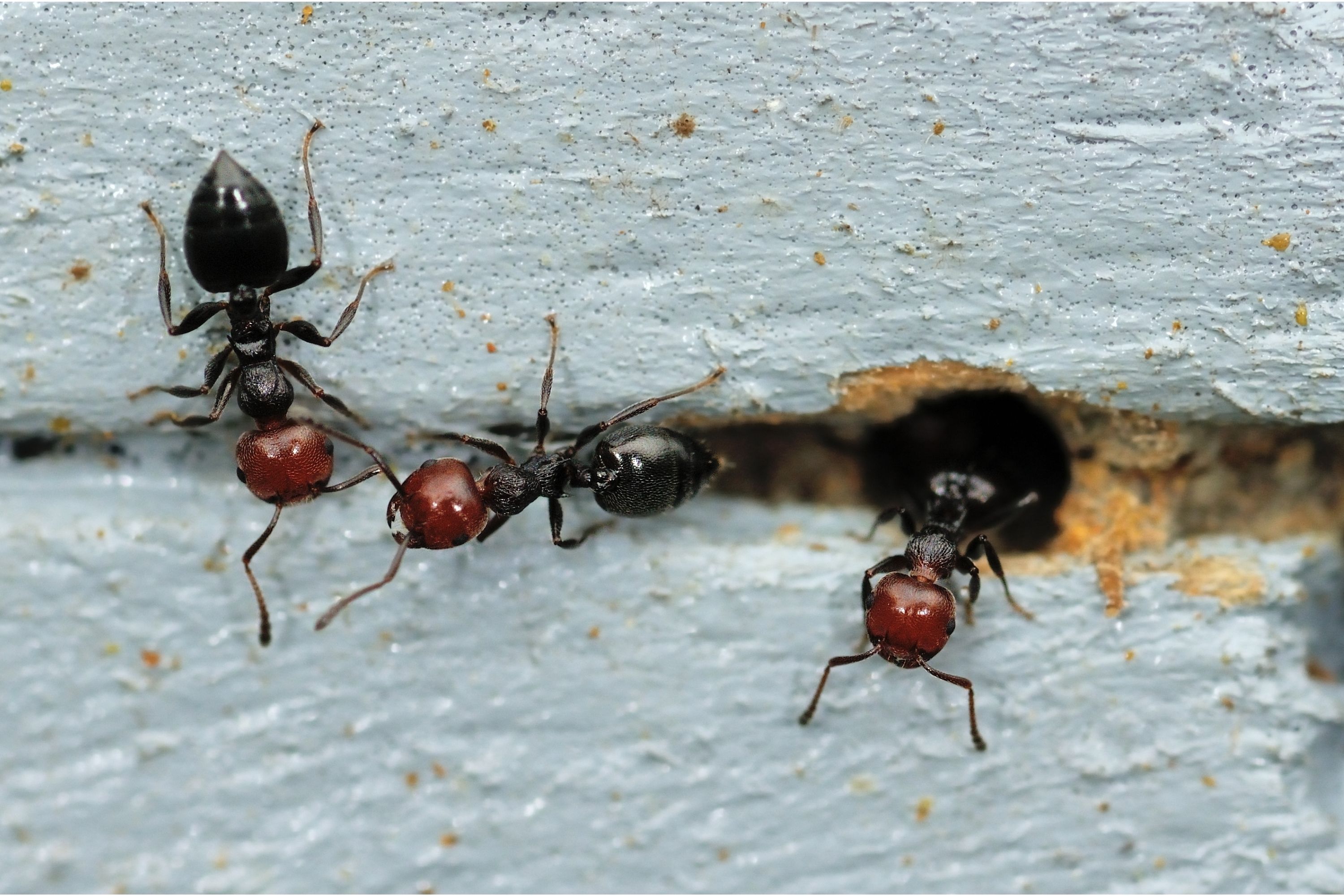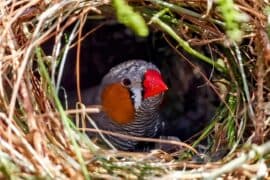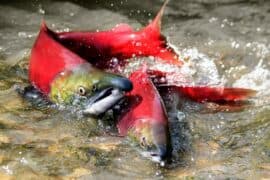Crematogaster cerasi
(Crematogaster cerasi)

Description
Crematogaster cerasi is a species of ant in tribe Crematogastrini. It was described by Asa Fitch in 1855. Crematogaster cerasi are identified by the long hairs found on their shoulder and dorsum. Unlike others from the genus Crematogaster, there are only 3-5 hairs on each of these areas. Ridges on the thoracic dorsal are also indicators of a Crematogaster cerasi. Ridges are short and discontinuous. The bodies of the ants are unicolored. Crematogaster cerasi are omnivorous. This means that they have the ability to eat both non-vegetarian food as well as plants and seeds. They eat dead bugs and smaller insects. They also consume nectar of flowers. Predators consist of spiders, rodents, beetles, birds and sometimes but not often, black bears. Having this many known predators makes them a necessary part of the ecosystem. Crematogaster is an ecologically diverse genus of ants found worldwide, which are characterised by a distinctive heart-shaped gaster (abdomen), which gives them one of their common names, the Saint Valentine ant. Members of this genus are also known as cocktail ants because of their habit of raising their abdomens when alarmed. Most species are arboreal. These ants are sometimes known as acrobat ants. Acrobat ants acquire food largely through predation on other insects, such as wasps. They use venom to stun their prey and a complex trail-laying process to lead comrades to food sources. Like most ants, Crematogaster species reproduce by partaking in nuptial flights, where the queen acquires the sperm used to fertilize every egg throughout her life. Acrobat ants can be found either outdoors or indoors with great frequency in each case. Outdoors, they are usually arboreal, but they often live in many common areas in the wild. These areas are typically moist and are often dark. They can often be found in trees, collections of wood (like firewood), and under rocks. Indoors, nests have been found inside homes around electrical wires. These locations are often very near large food supplies and may be around other ant nests. As with many social ant species, in acrobat ants, a queen mates with a single male during a nuptial flight. During this flight, the winged queen and winged male mate, and the male dies shortly afterwards. The female eventually lands and removes her own wings, which she no longer needs.
Taxonomic tree:







